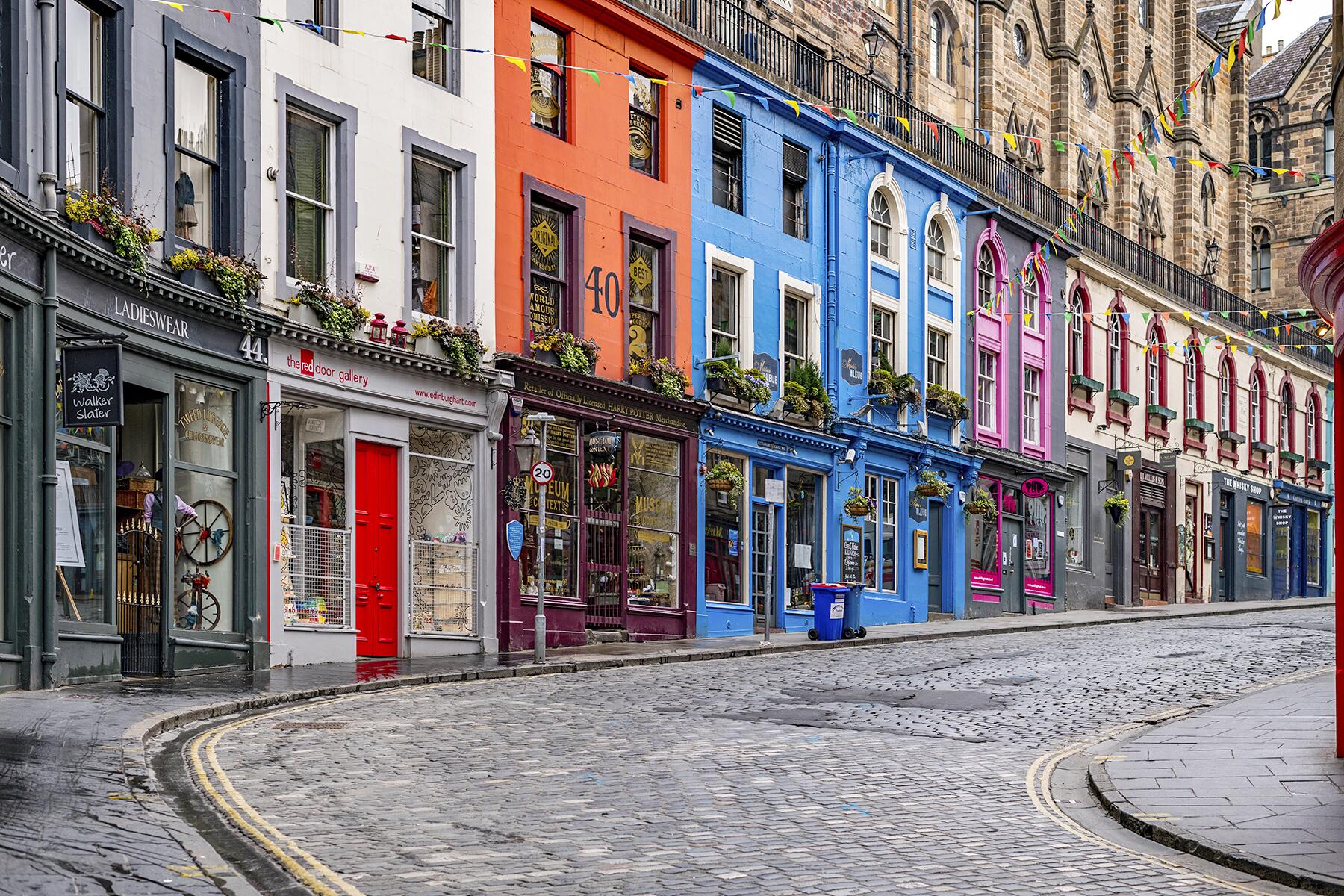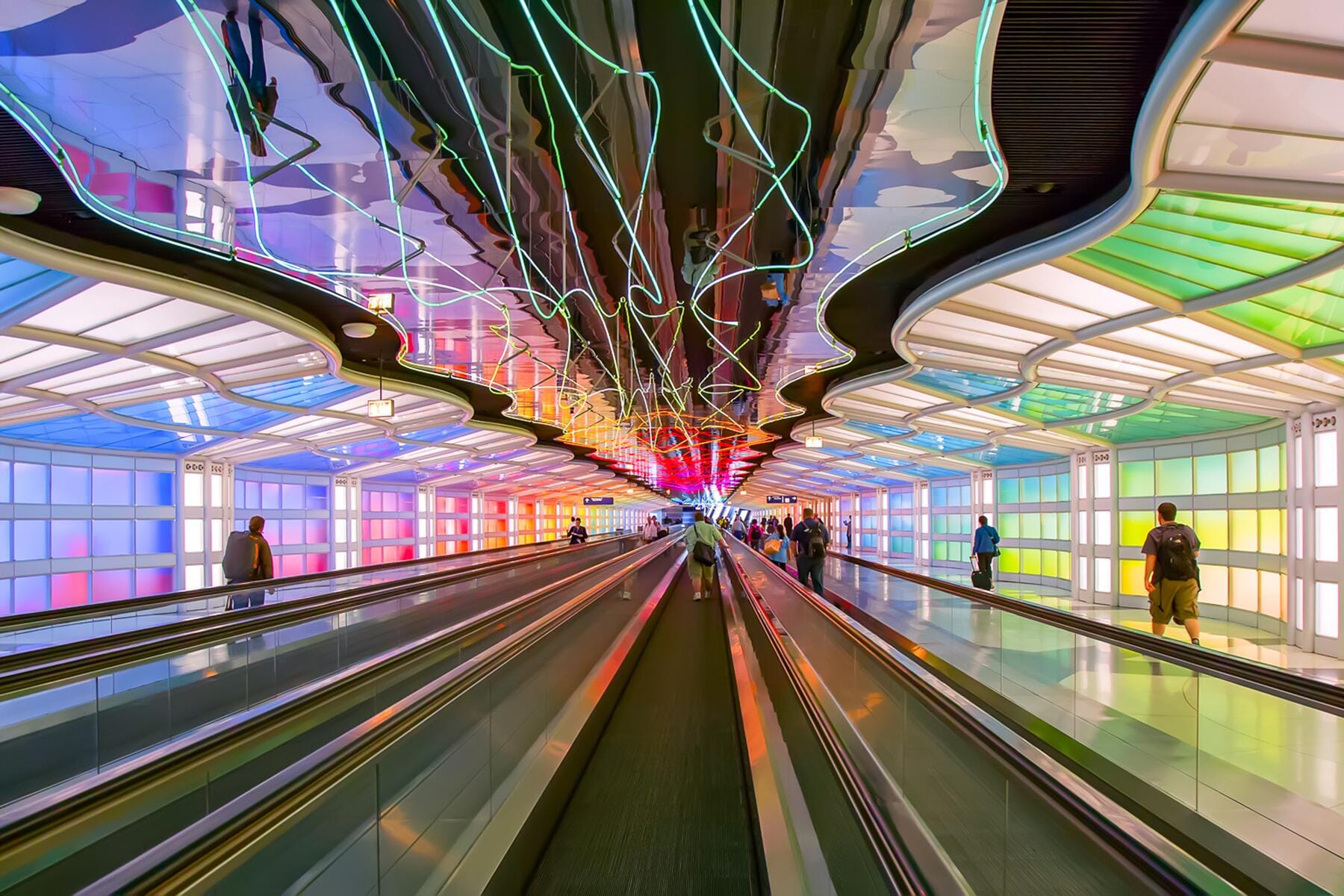Since it’s not always possible to hop on a flight to enjoy the real thing, why not head to your local Little Italy?
There are countless “Little Italy” neighborhoods around the world. Italian migrants created a home away from home, where people spoke Italian, ate food from back home, and celebrated traditions long ingrained. Every continent (except Antarctica) has well-known Italian settlements where you can be transported into an Italian bubble: the look of the surroundings, the smell of the food, the delicatessen shops selling typical ingredients, and the language on the streets. Here are some of the most intriguing.
Please don't overlook the South 9th Street markets and restaurants in Philadelphia. My first - and lasting - Italian market experience. Schedule a stop at DiBruno Brothers, 919 South 9th Street for outstanding cheeses and olives. Check out the "live chicken" shops (Nonna wants to be sure the hen is plump enough before they slaughter it in the back!) All the produce you see here is probably three days fresher than at your local supermarket.
My reminescences are from 45 years ago. I hope they are still accurate!






I feel like you did not do your research. We just went to Chicago and their is NOTHING Italian in their little Italy except for a lemonade stand, a statue and Poles with the Italian flag colors on it. We spent 30$ uber ride and the uber driver said he never knew their was a little Itlay in Chicago, he was right there isn't. New York also had a wonderful Italian district left, but hardly anything there now. Montreal has a beautiful, vibrant Little Italy and Boston is cue too, but you did not mention them.
I think you were so sweet to go to look for Little Italy in Chicago. I'm Italian and went to look for Little Italy in San Francisco in 2000, nothing is left. I was in LA and they have an interesting Italian-American museum and they post very interesting thing on IG.